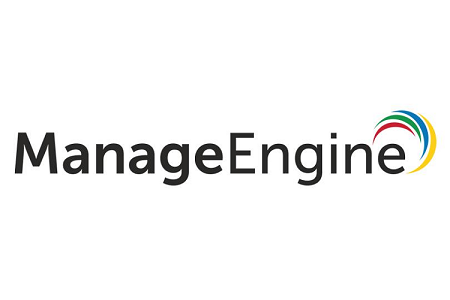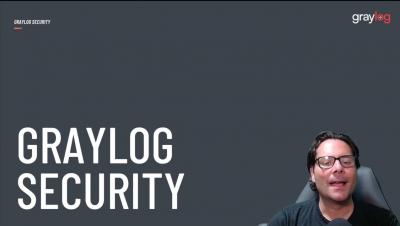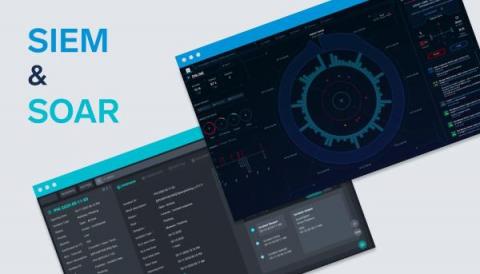Security | Threat Detection | Cyberattacks | DevSecOps | Compliance
SIEM
The latest News and Information on Security Incident and Event Management.
End to End Incident Response Using Elastic Security
How to Keep Data Safe in Times of Cyberwar
As the world becomes more interconnected, the risk of large-scale cyber-attacks increases, especially for companies of critical importance such as those from the financial sector, healthcare, critical infrastructure, and government services. In the event of a cyberwar, the first casualties would be our data. Ironically, one of the sectors that neglect cyber security the most is healthcare. The other ones are the governments.
5 Telltale Signs You're Running a Cloud-Hosted - not a Cloud-Native - SIEM
The necessity of a SIEM for organizations and their security teams has evolved dramatically over time. It has gone from edge use cases and compliance to the current form of threat detection, incident response, and threat hunting. As the use cases have changed, so has the architecture. As a result, organizations that have been quite familiar with running their SIEM on-premises are now looking for modern architectures to reduce the workload on their analysts. The simple choice: SaaS, of course.
Are your credentials safe? Decoding credential phishing attacks
Companies have increasingly allowed bring your own device (BYOD) policies to support remote work, but in today’s cybersecurity landscape, this trend has led to an increased attack surface. Each additional endpoint increases the potential for credentials to be compromised through credential phishing attacks. Hackers are leveraging this trend to conduct insider attacks, leaving businesses vulnerable to data breaches.
5 important tips to manage your next cybersecurity breach
CTO Talk: From the Sandbox - LogSentinel's Neural Network
Most of the current SIEM, SOAR, and XDR solutions with integrated deep neural networks focus only on rough correlations that have no causal relationship, which often leads to testing of deep learning systems in real conditions that are significantly different from learning scenarios, and they often give many false-positive results.
Graylog Security
SIEM vs SOAR : Evaluating security tools for the modern SOC
LogSentinel Received an Award for "Most Reliable Vendor of the Year" 2022
22nd June 2022 Balchik, Bulgaria – LogSentinel received an award for “Most reliable vendor of the year” at this year’s biggest cybersecurity conference, hosted in Balchik, and organized by Computer2000, LogSentinel’s official reseller for the CEE area. LogSentinel presented “The Power of XDR, Staying Ahead of the Curve”. In the presentation, prof.











